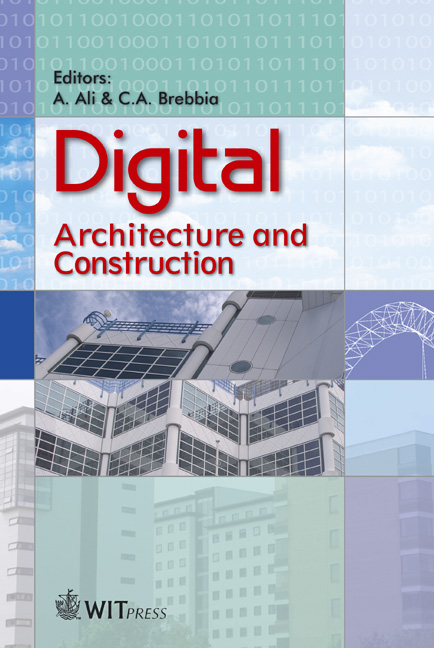On The Integration Of Digital Design And Analysis Tools
Price
Free (open access)
Transaction
Volume
90
Pages
10
Published
2006
Size
466 kb
Paper DOI
10.2495/DARC060191
Copyright
WIT Press
Author(s)
J. Klitgaard, P. H. Kirkegaard & M. Mullins
Abstract
The digital design tools used by architects and engineers today are very useful with respect to their specific fields of aesthetical or technical evaluation. It is not yet possible to fully use the potential of the computer in the design process, as there is no well functioning interplay between the two types of tools. This paper therefore looks at integration of the two types in a prototype for a tool which allows aesthetics evaluation, and at the same time gives the architect instant technical feedback on ideas already in the initial sketching phase. The aim of the research is to look into integrated digital design and analysis tools in order to find out if it is suited for use by architects and designers or only by specialists and technicians – and if not, then to look at what can be done to make them more available to architects and designers. The paper contains a case study of three possible approaches for working with digital tectonics by means of acoustics: The architects, the architect-engineer or hybrid practitioner and finally a prototype for a possible digital tectonic tool. For the third approach in the case study, a prototype digital tectonic tool is tested on the design proposal for the auditorium in the planned Utzon Centre in Aalborg, Denmark. Keywords: tectonics, digital tectonics, design tools, Utzon, reverberation time, generative components. 1 Introduction Architects and engineers both employ iterative multi-stage design procedures, starting with initial conceptual design and progressing to more detailed final design. The conceptual design for an architect can be very abstract, with content
Keywords
tectonics, digital tectonics, design tools, Utzon, reverberation time,generative components.




